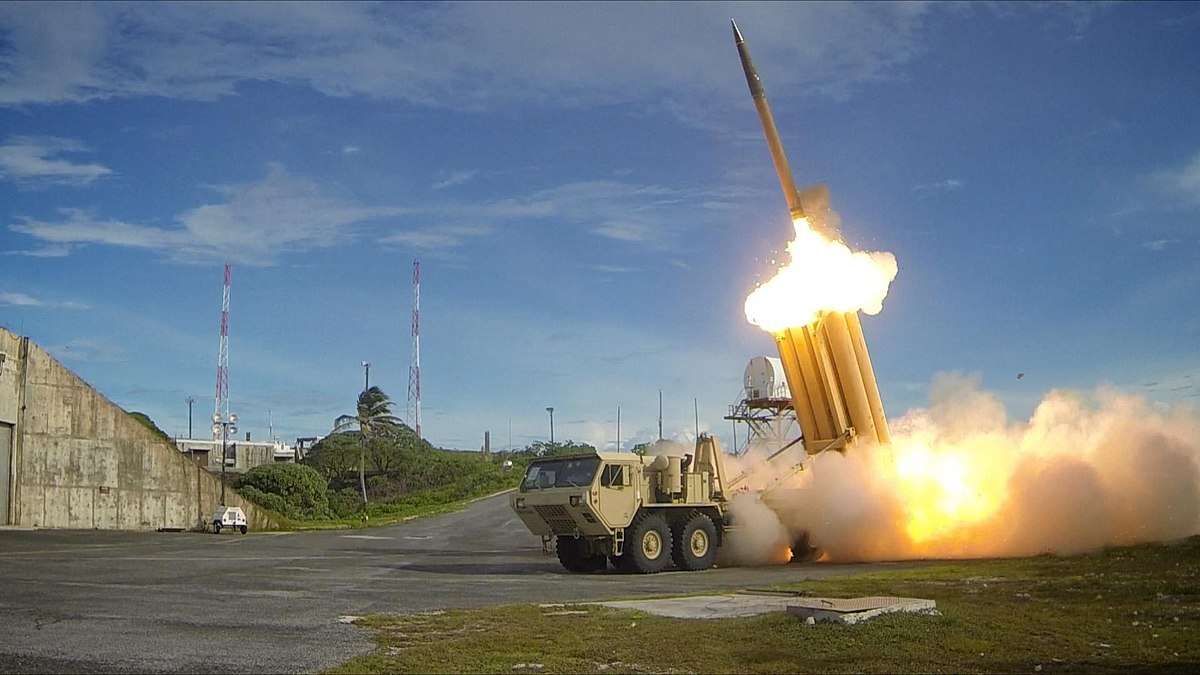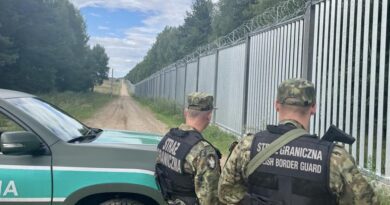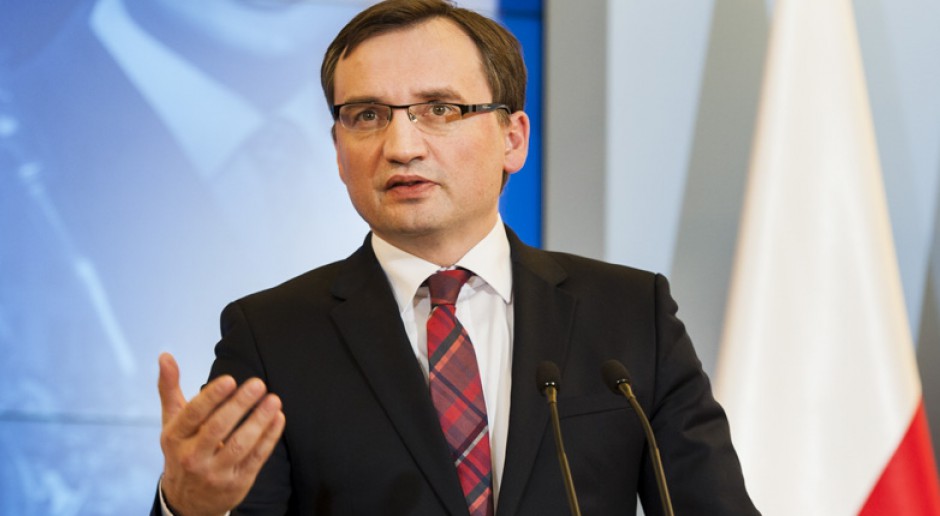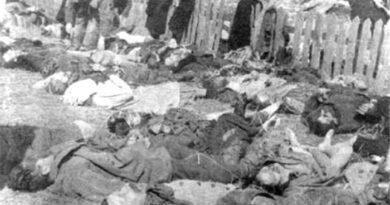US Ambassador to NATO: Poland can feel safe, America is ready

Jacek Przybylski is talking to Julianne Smith, the US ambassador to NATO
JACEK PRZYBYLSKI: Vladimir Putin is showing that he is determined to rebuild the Russian empire. This year marks the 100th anniversary of the founding of the Soviet Union. Following the attack on Georgia and Ukraine, citizens of Poland and the Baltic states fear that they may be next on the list. How high is the risk of a possible attack by Russia on NATO member states? Can Poles feel safe?
JULIANNE SMITH: Poles can feel safe. Poland is a strong partner in NATO. NATO has already taken steps to strengthen its eastern flank. Of course, we do not know exactly what President Putin intends to do with all the soldiers he has allocated in Belarus and on the Ukrainian border. NATO is monitoring this situation closely and is in constant contact with its allies, especially with the countries on the eastern flank of the alliance.
We are currently considering whether we should send any further support to Poland.
It is also important that Poland has a very good army of its own. Annually, it spends over 2 % of its GDP on defense and, as recently announced, will purchase additional modern tanks from the United States. So, I am sure that Poland, in cooperation with NATO allies, will still be safe. NATO is working on this every day.
That’s good to hear. As is President Joe Biden’s assurance, warning Russia that the US will defend “every inch of NATO territory”. However, there are already over 190,000 Russian soldiers who are on standby close to the borders of NATO. How can the US and its allies strengthen NATO’s eastern flank? What should Poland do to strengthen its defense?
We are observing that many NATO allies have begun to redeploy their troops to strengthen the eastern flank. I would like to emphasize that these are not just American troops. The Netherlands, Denmark, Spain, and our friends from Great Britain have also sent their troops.
We have already transferred additional troops not only to Poland, but also to Romania. In addition, 8,500 US troops are on standby so that they can be deployed to Europe as soon as possible.
Poland is a great ally, especially towards Ukraine. I know that it has provided defensive support to the Ukrainian authorities, as have the United States and other NATO allies. Therefore, we are constantly monitoring the security situation in Europe. And although we do not know where the Russian soldiers will ultimately be directed, I am convinced that we are ready for any possible scenario.
How big is the risk that Russia will attack one of the NATO member states, e.g. the Baltic states or Poland?
We are currently focusing on the scenario of a deepening Russian invasion into Ukraine. We are taking into account, however, that Russia has about 30,000 soldiers in Belarus. If they were to take part in the invasion, we don’t know where they will hit. You can imagine that they will head south towards Ukraine. We do not know whether Russia will want the troops in Belarus to be stationed there permanently. We must therefore wait and see what path President Putin will take. It is hard to guess, and I do not like to talk about hypothetical scenarios. As President Joe Biden pointed out, our commitments stemming from Article 5 to protect every inch of NATO territory have strong foundations. We will not attempt to circumvent these obligations in any way. And we will do everything to ensure that not only the countries located on the eastern flank, but also all the remaining members of NATO feel safe.
Will the US send more soldiers to Poland after the Russian attack on Ukraine?
It is difficult to say what Putin’s next step will be. Russia is following up on its actions taken from its textbook on hybrid war, organizing disinformation campaigns, launching cyberattacks, and in some cases conducting traditional military operations. We are monitoring the situation and doing everything we can to make sure that NATO is able to respond to new threats on an ongoing basis.
The Russian invasions of Georgia in 2008 and Ukraine in 2014 were examples of gross violations of the NATO-Russia Founding Act. Do Russia’s subsequent aggressive actions, including the invasion of Ukraine, mean that NATO allies should no longer feel obliged to abide by the NATO-Russia Founding Act?
I can only speak about our position as at February 2022. At this point, NATO still recognizes and honors the Russia-NATO Founding Act and wants to continue dialogue within the Russia-NATO Council. NATO has made it clear that it is ready to convene the next Russia-NATO Council. We would like to conduct a similar meeting with the Russians that we had a few weeks ago. Secretary of State Antony Blinken also declared that we are ready for talks with Russia in various formats: both in the bilateral formula and through NATO or the OSCE. Of course, Russia’s invasion of Ukraine would make us reassess the situation.
During the Cold War, the Soviets illegally stored nuclear bombs in Poland. After 1989, they moved them outside Poland, to Kaliningrad, and now they are aimed at Poles and other NATO allies. Some American politicians argue that part of the American nuclear arsenal stored in Europe could go to Poland. What do you think about that?
We are currently focusing on the additional units that we have sent to Poland. An additional 3,000 American soldiers have recently been delegated to Polish military bases. And prior to that 1,700 of our soldiers. We are talking about units capable of carrying out various missions, both in terms of supporting defense as well as deterring the enemy or conducting training missions. They have multiple tasks and will therefore remain there for the foreseeable future; we will evaluate the situation on an ongoing basis depending on how Russia responds.
And is the United States even considering the scenario of relocating nuclear warheads to Polish territory?
I would not like to talk about hypothetical scenarios concerning the future. Our focus is on what is happening now and how NATO and the United States are jointly responding to what Russia is doing.
This article was published in February 2022 in “Do Rzeczy” weekly.



